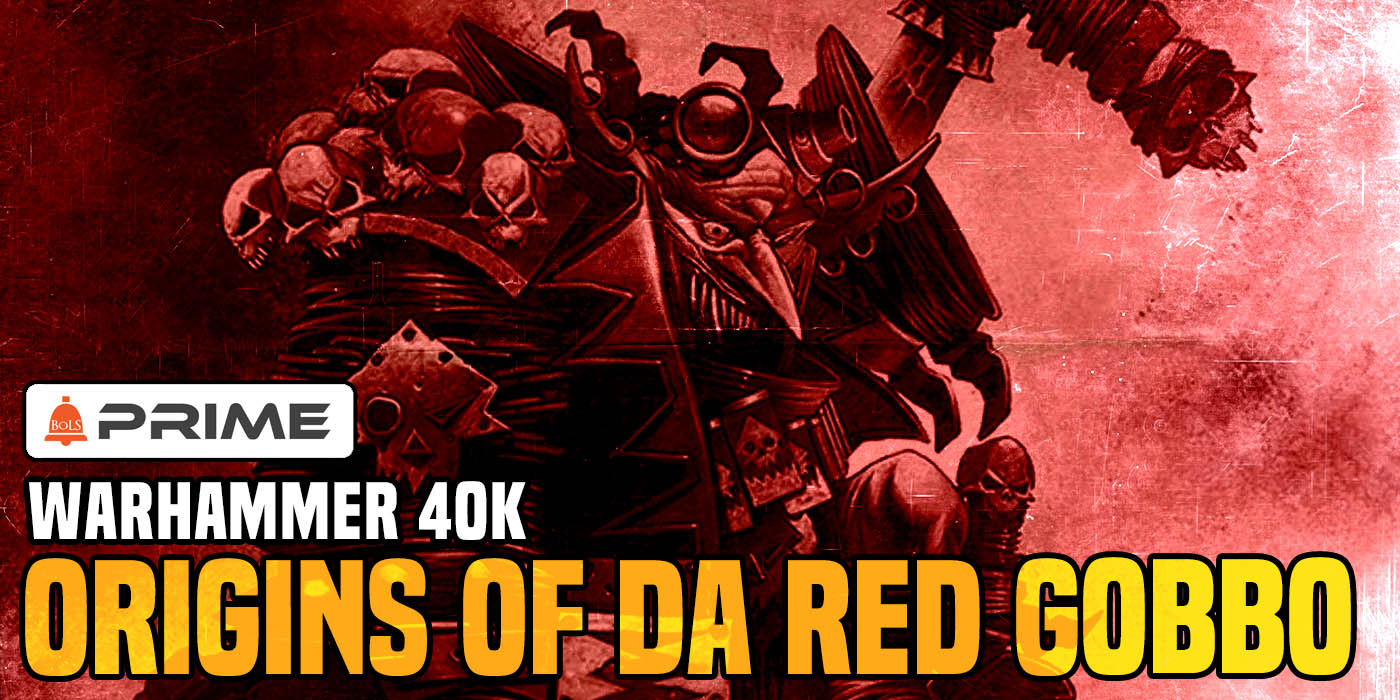Revolution is nothing new, but some stand above the others. Let's explore the real world origins of Da Red Gobbo.
In the world of Warhammer 40k, there are few creatures lower on the totem pole than the humble Gretchin, the smallest variant of Greenskin also called Gobbos or Grots. They are the engineers of Ork society, but being the smallest, they are constantly bullied, sent to the front lines with shoddy equipment, and prodded forward against their wishes to soak up enemy ammunition before the actual fighting starts. Of course, with the worst weapons and lack of strength, the Gretchin have no chance of rising above their station, so they simply accept their lot in life.
However, on the arid world of Gorkamorka, one Gobbo decided he'd had enough. With a red trench coat, a custom-built Slugga, and a wicked scepter, he founded the GRC, Gretchin Revolutionary Committee, or just "Da Kommitee". Taking the name Da Red Gobbo, he led a revolt against their Ork oppressors, beginning a war called Da Revolushun that would continue for years after. Some of his followers (and many of his enemies) believe him to be immortal, as he has lived far beyond the lifespan of a typical Gretchin, and e...

